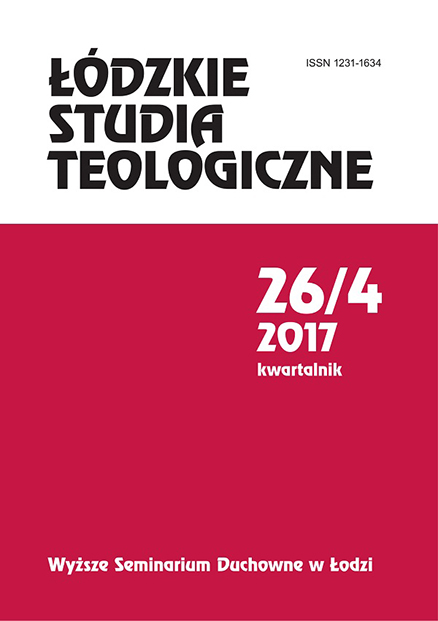,,Sąd nad św. Franciszkiem z Asyżu” Giotta – próba prawniczej egzegezy
“Judgment” of St. Francis of Assisi by Giotto – attempt of
legal interpretation
Author(s): Karol AdamczewskiSubject(s): History of Law
Published by: Wyższe Seminarium Duchowne w Łodzi
Keywords: St. Francis of Assisi; court; disinheritance; renunciation of worldly goods; paternal authority; bishop; pater familias; audientia episcopalis; manus Dei
Summary/Abstract: The fresco painted by Giotto Bondone showing the Renunciation of Worldly Goods by St. Francis undoubtedly arouses aesthetic and spiritual feelings. Nevertheless, the scene presented by Giotto also bears some legal characteristics. Thus, it may become a subject of some interesting discussions in the legal sense. First of all, its convention resembles to some extent a dispute before court where the parties and a judge take part in the proceedings. The characters presented, particularly father, son and the bishop, indirectly refer to such important legal institutions as patria potestas and audientia episcopalis. The subject of the dispute is also significant. In the analyzed scene, it relates to the inheritance of property rights and a demand to be obedient to the paternal authority. The relationship between the secular and spiritual power also constitutes a certain problem. Moreover, the issue of divine and human justice is raised. Therefore, the fresco of the Italian master bearing an artistic value might become a subject of a legal reflection and in this way fit the suggested approach: art in the law and law in the art .
Journal: Łódzkie Studia Teologiczne
- Issue Year: 26/2017
- Issue No: 4
- Page Range: 9-22
- Page Count: 14
- Language: Polish

